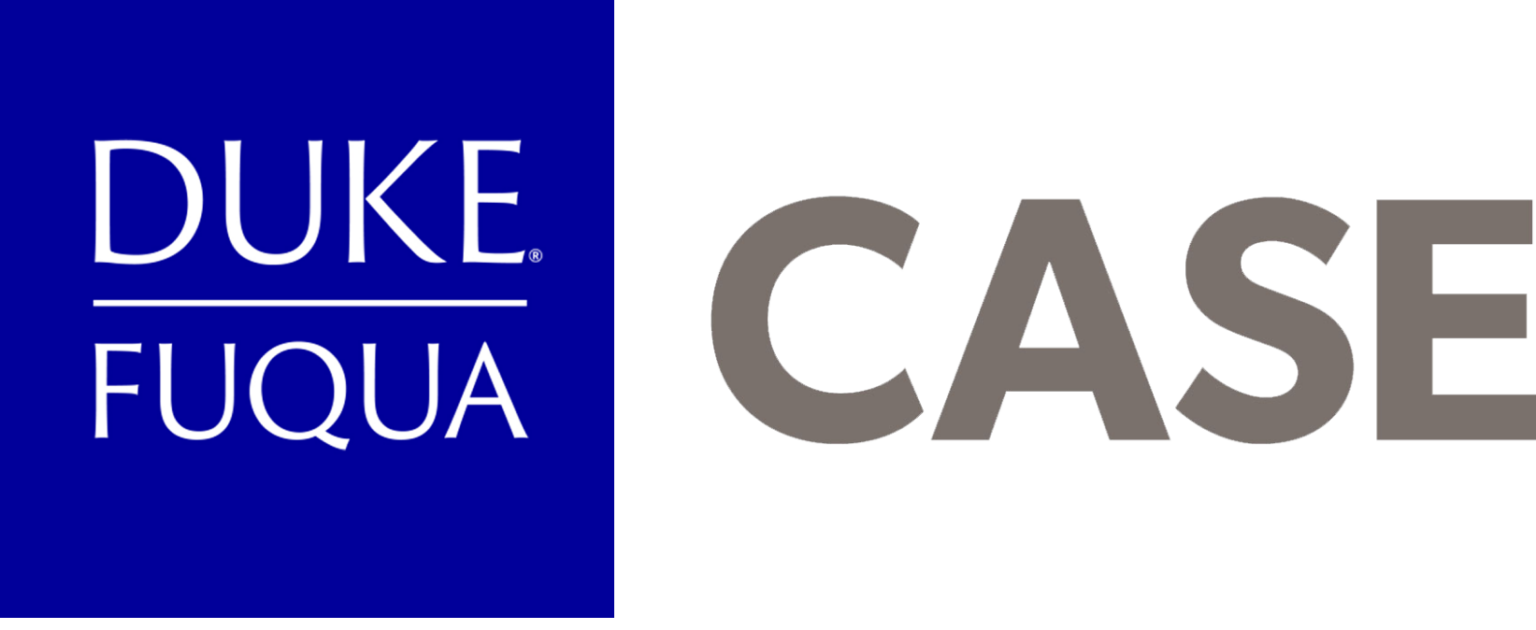by Marlee Margolin, WEMBA 2025

Corporate Social Impact can be a confusing landscape, especially given recent tailwinds against ESG, DEI, and related societal issues. With many companies currently retreating from impact commitments, I’ve grown curious about the opposite scenario.
I’ve recently been asking myself: What factors lead companies to make an investment in positive societal impact?
To answer this question, I conducted a series of interviews with corporate social impact leaders as well as secondary research. I looked at what factors lead companies to make their first investment in a standalone impact (and often sustainability) function and landed on three main drivers: capturing unrealized value, stakeholder pressure, and company maturity.
Capturing Unrealized Value

This pathway often begins with a C-level leader identifying an opportunity to advance a company’s strategy by shifting community engagement activities from a purely philanthropic endeavor to a strategic one.
A great example of this I uncovered during my interviews is CDW, a values-driven technology company that sells hardware, software, and managed IT solutions. CDW’s impact story is one of evolution from an administrative function that executed grants, sponsorships, and events related to an issue championed by early firm employees, into a business-aligned function focused on an issue with deep relevance to their customers: bridging the digital divide. Listening to customer demand signals around supplier diversity and sustainable sourcing, the CEO, Chief People Officer, and Growth & Innovation Officer decided to bring on a leader with social impact expertise. She proceeded to engage an economic consulting firm to identify the building blocks of digital equity and reframe the grant application process. The resulting program allowed the company to deploy products, their employees’ talent, and grant funding together to maximize their positive impact in alignment with business priorities. The focus on bridging the digital divide aligned social impact programming with CDW’s mission as a company – to make technology work so people can do great things.
While some firms like CDW invest to be responsive to customer interests, others like legal software company Everlaw recognize that a strong impact program can serve as a competitive differentiator. As a rapidly growing startup competing against incumbents in a highly fragmented market, their impact work has proven to resonate as a differentiator with customers, as well as with current and prospective employees.
Another way companies are capturing unrealized value is by integrating ad hoc activities across CSR, sustainability, and even DEI into a single function to generate greater return on the investment. For example, leaders at marketing software company Braze pitched investment in corporate social responsibility jointly to the Head of People and Chief Marketing Officer, and eventually the Chief Executive Officer, with an environmental sustainability lens integrated. Not only did they receive approval to move forward, but they were asked to incorporate DEI and their just signed equity pledge into the strategy and programming as well. The Braze Social Impact Department has now been operating for more than three years.
Finally, some companies (particularly startups) are doubling down on impact as a core element in their approach to growing the business. Boutique consultancy Vital is advising firms on “Impact Led Growth” as a business strategy and an alternative to “Product Led Growth,” “Market Led Growth,” or “Sales Led Growth.” In this model, the growth strategy centers impact, sustainability, and corporate purpose to unlock scale.
Stakeholder Pressure

If capturing unrealized value is the “carrot” leading companies to invest in impact, the corresponding “stick” shifting behavior is stakeholder pressure. Various company stakeholders may influence leaders in making their first investment in impact.
The topic of corporate social impact often first surfaces via employee interest, with staff organizing volunteering and giving efforts before a formal impact program is established. These employees may call on senior leaders to establish a point of view on issues material to the company. Four of the seven leaders I interviewed referenced this pattern as an early driver in surfacing the opportunity to invest in a formal corporate social impact program.
Investors are another stakeholder group influencing deeper commitment to impact and sustainability initiatives. While Neiman Marcus has a history of civic engagement, the company’s bankruptcy filing and negotiations in 2020 opened the door to rethink the structure and approach to impact. The company started with a materiality assessment, built a new governance structure to manage accountability for sustainability outcomes, and produced their first ESG strategy and report about a year into the journey.
Finally, regulators came up in my interviews as a stakeholder group that is increasingly putting pressure on companies. Several leaders said they watch sustainability regulation closely, especially on the topic of climate disclosures. Failing to comply can result in significant fines, and proactively investing in a program can be an effective risk mitigation strategy.
Company Maturity
In a startup environment, there seems to come a time around a Series C or D fundraise when the leadership team picks its head up from day-to-day operations to reflect on the future of the company. They may be approaching IPO or an acquisition a few years down the line. This is often the moment when a first investment in corporate social impact is made, as leaders look for new sources of differentiation in the next phase of company maturity. Numerous companies made their first investment at this inflection point, including Box, Lob, and Checkr.
For more mature companies, a formal investment can also come around the time of a brand consolidation. Ace Hardware made its investment in formalizing a social impact function when it moved from a co-op model with individual store owners to a more consolidated national brand. That transition created an opportunity to establish an impact program that matched and reinforced the new business model – volunteering and giving with non-profits that have national reach with local presence. This shift began a now long-standing partnership with the Children’s Miracle Network Hospital.
It’s worth noting that some companies build in impact from the start, rather than making an investment further down the line. There are many good examples of this approach, one being Lemonade, a Certified B Corporation that developed an innovative model for insurance that disrupts traditional incentives (for companies to avoid paying out claims, and for customers to over-state them) by retaining a fixed percentage of income for claims and reinsurance, then donating leftover funds at the end of a period to charity. The strategy and approach have evolved as the company matured, but impact has always been central to the business.
In an environment of increasing uncertainty in the corporate social impact landscape, these interviews highlight what is leading companies to take the first step towards establishing a formal impact program.
Leaders considering whether to take on this work in their organization, or those looking to join a company on the cusp of formalizing an impact program, should look at unrealized value opportunities, pressure from key company stakeholders, and company maturity inflection points as key signals of readiness.
Acknowledgements: I would like to thank contributors to my research, including Taylor Amerman, Bryan Breckenridge, Christina Louie Dyer, Catherine Jones, Rod McLeod, Ali Mize, Nina Rauch, and Joanne Sprague.

About the Author: Marlee Margolin is Director of Convening Programs at The Rockefeller Foundation and Weekend Executive MBA ’25. As an intrapreneur, she builds and runs programs that bring leaders together to deepen their connections and extend their impact. Prior to The Rockefeller Foundation, she led employee experience for IBM’s Corporate Social Responsibility team and started her career in management consulting. She graduated with a B.A. in International Relations from the University of Pennsylvania and currently lives in New York.

